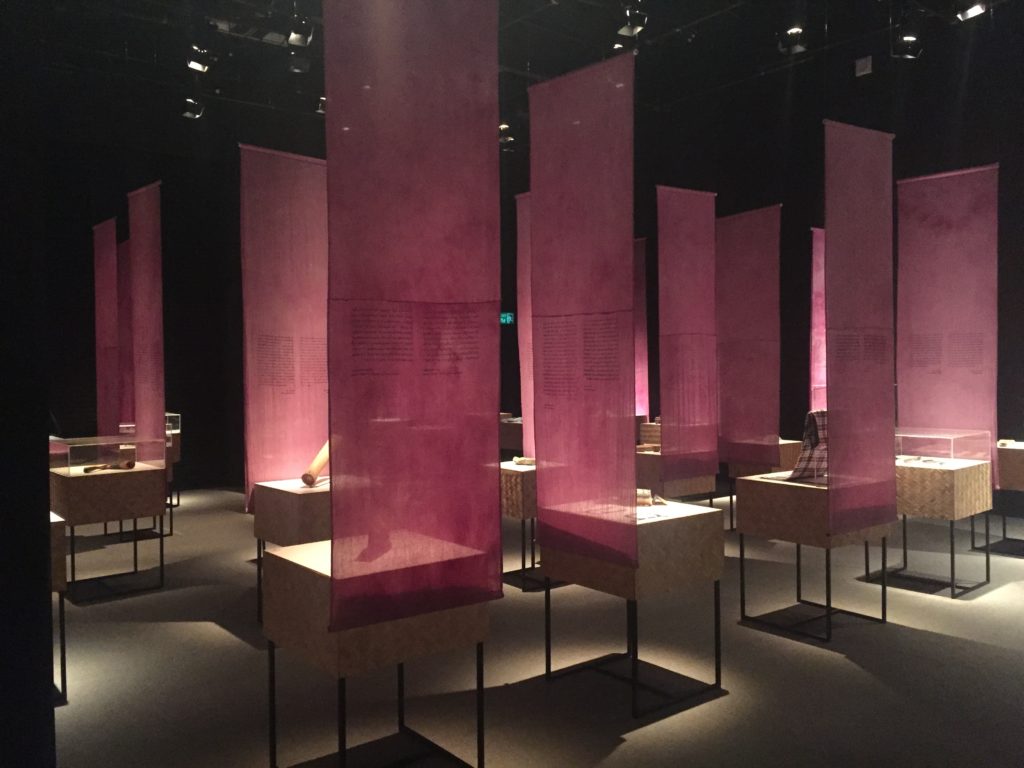CRAFTSMANSHIP. One word with so much hidden inside. It requires an amount of concentration, patience, and devotion to the creative process. It takes time, energy, and demands high-level skills. That’s what you could have in mind when this word pops into your head, don’t you? Well, not surprising indeed as each one of us has more or less the same associations and images of this word.
But what it is really? Maybe it allows us to have mistakes and it’s all about the idea of making imperfections that later on could help the craft become great and important?
For seeking the answer I suggest we move for a while to Chiang Mai, Northern Thailand, and explore the exhibition “Collective Art.” Curator Piboon Amornjiraporn (director at Plural designs, Bangkok Metropolitan Area, Thailand) took the challenge of showing a variety of craft objects to examine the term itself. The concept is to stay focused on the core link between old craft objects and newly made ones. It invites us to see beyond stereotypical images and shows some surprising items that controversially could be called “craft.” Intrigued enough? Then feel free to follow me.
PAST
It wouldn’t be fair enough speaking of craftsmanship not to look back on traditional heritage and not to take into account what ancestors left behind. That would be definitely all objects that are now called “craft folk art” and not even question the craft part in them. Those objects were highly useful but still remained unique in the way craftsmen made them. So the first hall of the exhibition welcomes you with Thai traditional craft objects. Among them you may see and enjoy:
NORTHERN STYLE STICKY RICE CONTAINER was used for carrying steamed rice. Made from bamboo it has flower motifs on the top which is traditionally a mark of northern lands.

Sticky rice container, Northern Thailand style.
WOODEN BETAL NUT BOX. Doesn’t it look like a perfect treasure box? It is divided into two parts. As you can see in the photo the inner part has different partitions to keep betal nuts, a mild psychoactive fruit that many Southeast Asians chew. But what strikes most about this artwork is intricate carved wood motifs. They were seen only in Ayutthaya province and were a rare sign of wealth.
Fairly enough you wouldn’t probably travel overseas to northern Thailand deliberately to enjoy the exhibition but I guess the main purpose of it is far more than impulse anyone to visit it – it is to make you ask a question to get to the core of this term “craftsmanship.”
So here is a final question and food for thought.
WHAT IS CRAFT TO YOU?
video edit credit: Anna Karla Almeida
XXXXXXXXXXXXXXXXX